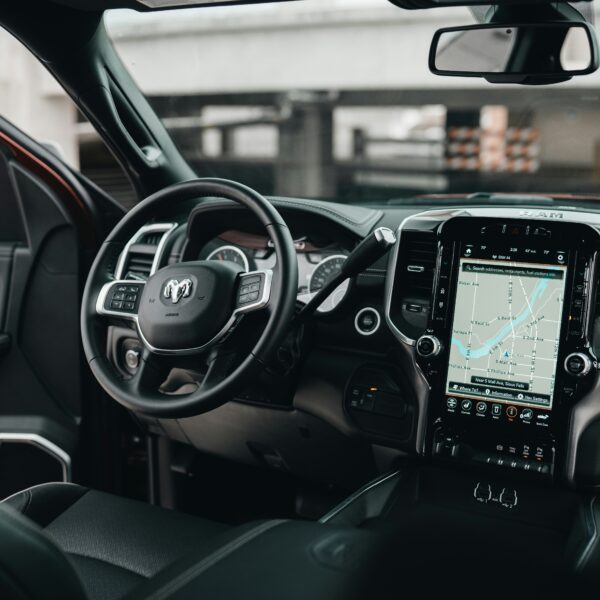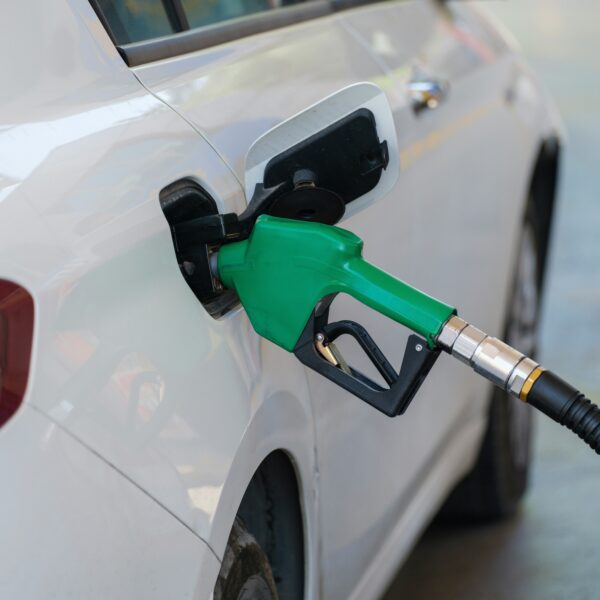Effective Strategies for Saving on Car Costs
As a car owner, you have several responsibilities and roles to fulfill. From vehicle maintenance, safety and compliance to financial management, it can feel like a constant balancing act. Because of this, you often find yourself looking for ways to save on expenses. And in today’s financial climate, that’s no simple task. Our team of automotive enthusiasts understand that saving on car costs is not just a desire of most car owners nowadays, it’s an absolute necessity.
While inflation is the driving factor in this mindset, there are also a number of variables at play in each industry. For the automotive world, in particular, high demand and low supply has shifted the consumer landscape for the time being. Not to mention, the way in which we approach driving. Now car owners are bracing for a future where monthly car subscriptions for heated seating is the norm and customization will cost you a pretty penny.
If you’ve questioned, “Why is everything so expensive?“, this article is for you. Here are our team’s most effective yet simple ways to save on vehicles expenses in a high-priced environment.
Best strategies for saving on car costs
Saving on car costs can be achieved through a variety of strategies. Some entirely straightforward and simple, and others, take a bit of legwork. By following these money saving strategies, you can ensure that you have the financial stability to cover car costs without causing undue stress or strain on your budget. It even helps you avoid financial difficulties and potential debt related to car ownership down the road.
9 tactics For lowering your Vehicle expenses:
#1 Regular maintenance:
Performing routine maintenance, such as oil changes, tire rotations, and air filter replacements, can improve fuel efficiency and extend the lifespan of your vehicle for the long run. More importantly, it will help you avoid more costly and unanticipated repairs that often attribute to the biggest financial stressors.
#3 Start shopping:
When it comes to purchasing gas, insurance, or even car parts, comparing prices from different providers can help you find the best deals and save money. Admittedly, it takes a bit of work and more time out of your busy schedule. But any investment in saving money is considered a good use of time!
#4 Check tire inflation regularly:
Does your vehicle feel like it’s dragging behind? Check your PSI levels (often). Keeping your tires properly inflated not only enhances safety but also improves fuel efficiency which saves you money. Underinflated tires can increase rolling resistance and cause your vehicle to consume more fuel. Check your owner’s manual to see what PSI level is suitable for your car and stick with it.
#5 Switch up your car insurance:
It’s pretty easy to get settled in with a certain car insurance provider once you find an affordable premium. But did you know you could actually save more by shopping around every month or two? Regularly reviewing your car insurance policy and comparing quotes from different insurers can help you find competitive rates, especially because hidden fees and charges are always added on. You may even want to consider bundling policies for the biggest discount.
#6 Carpooling is not just for the kids:
Sharing rides with colleagues, friends, or neighbors can substantially help save on fuel and maintenance costs each year. The more times you can reduce the number of drives and wear and tear on your vehicle, the better chance you have on saving on certain car expense. Alternatively, using public transportation or biking is a great solution for shorter trips.
#7 Avoiding traffic congestion and idling:
Heavy traffic and excessive idling can waste fuel and increase maintenance costs, probably more than you realize. Whenever possible, plan your trips during off-peak hours or use navigation apps to find alternate routes with less congestion.
#8 Perform DIY Repairs:
For minor repairs and maintenance tasks, consider learning to do them yourself. There are numerous online tutorials and resources available that can guide you through basic car maintenance, saving you money on labor costs. Here is our Headlights Depot guide for taking on your First DIY Automotive Repair.
#9 Plan for the future:
When purchasing a new car, consider the long-term costs associated with fuel efficiency, maintenance, and insurance. Sure, it’s easy to get distracted by the excitement of it all. But really take the time to research your investment. Find something that is reliable and fuel-efficient. This will help you make the most cost-effective choice.
Overview: How saving on car expenses can improve your financial freedom
Being a money-savvy driver involves adopting habits and strategies that help you minimize expenses associated with owning and operating a vehicle. While automotive trends are leaning towards the eco-conscious approach, those options are often the most expensive. That’s why it takes a bit of work on the car owners behalf to keep up with cost effective practices. So, find a colleague who lives nearby. Do your own oil change this year. Skip out on unnecessary trips. Plan your days in advance. Make the initiative to avoid the unrelenting burdens of car debt in 2023.
What is your best money-saving strategy as a car owner? Share your tips below!















